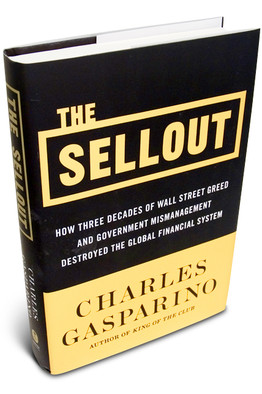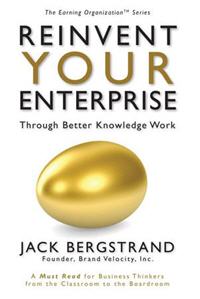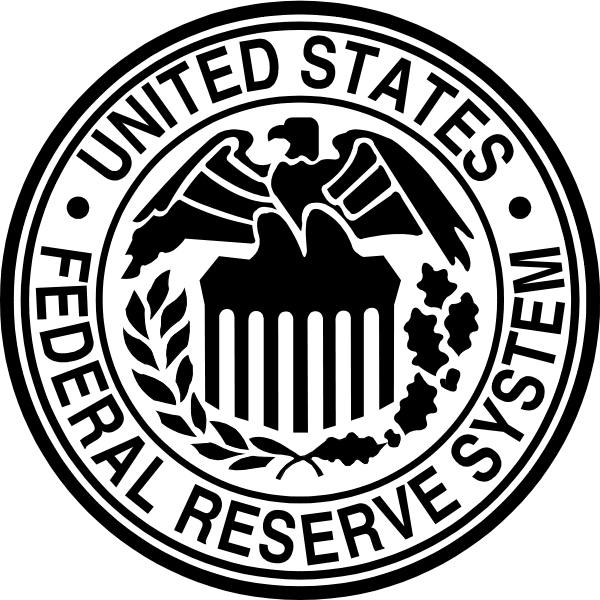As we move into a new year, more companies are looking to integrate their risk management initiatives to simplify and streamline how they address risk and compliance activities. In
a recent article by Forrester Research, analyst Chris McClean discusses how Governance, Risk and Compliance ("GRC") software solutions can help companies in their pursuit of integration. Here are the three primary benefits that companies have realized from their investment in technology.
1. Greater process efficiency -- Compliance requirements continue to swell, and the risk landscape is getting more complex. Above all else, customers cited process automation as the core value of their GRC platform implementations. Workflow management capabilities help keep everyone on task, and centralized content management and reporting reduce the need to jump back and forth between different systems. In addition, ongoing improvements in automated controls and control-testing functionality generate even greater efficiency gains. The manager of corporate compliance for a large pharmaceutical company told Forrester: "Managing all GRC initiatives in one platform saves time, resources and money. The ability to build a solid foundation for our compliance program in a relatively short time frame allows us to focus on the acute compliance issues facing our industry."
2. Convergence of GRC efforts -- As well as increasing efficiency, converging the various efforts relevant to governance, risk and compliance fosters cooperation between business functions and improves overall GRC insight. Comparing exposure across different categories of risk or using risk assessments to generate audit scopes are just two examples of GRC convergence benefits. An operational risk management director for a large financial services company said that one of the biggest benefits of implementing a GRC platform was the ability to "integrate the risk disciplines, including internal audit, ORM [operational risk management], SOX and compliance."
3. Consistency of processes and methodologies -- Getting different functions to work with each other is one thing, but getting them to use the same processes and methodologies is much harder. GRC platforms allow organizations to create standard templates for documenting and assessing risks, controls, incidents and other elements of GRC. Consistency also leads to convergence and efficiency and is often an initial driver for the development of a GRC program. The director of risk and compliance for a top high-tech company succinctly explained to Forrester that one of the most important values of GRC technology was the creation of a "consistent way to manage compliance, operational and ERM [enterprise risk management] projects." Pay close attention to this aspect of GRC value. As risk and compliance become more complex, consistency will quickly become a necessity.
Wheelhouse Advisors can help your company identify the right technology solution and implement a program that will maximize the benefit of your technology investment. Visit
www.WheelhouseAdvisors.com to learn more.









































